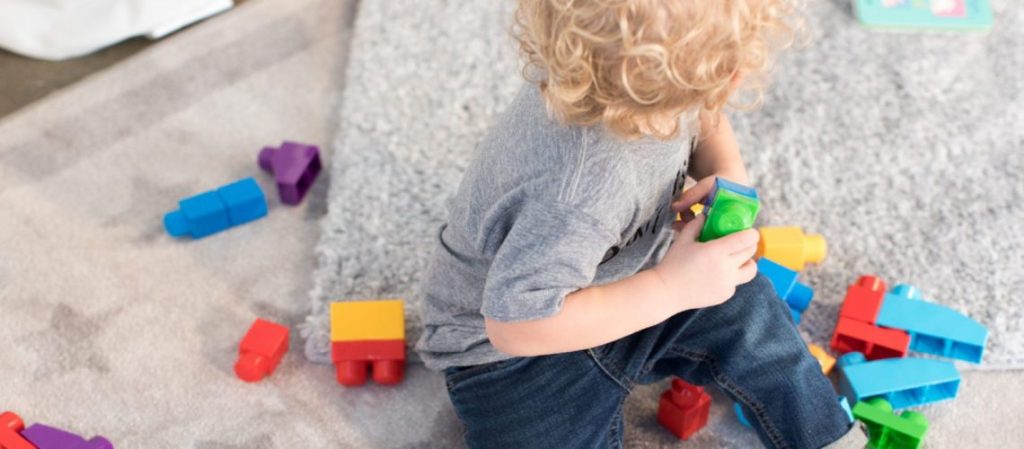
What Does A Child Learn In Preschool?
Many families look to preschools as a meaningful time in their children’s lives, providing opportunities where their children can learn and experience joy in a safe and nurturing environment. You already know how important it is to choose the right preschool so that’s a good fit for your family and your child. In this article we’ll show you the things your three or four year old should be learning in an ideal preschool environment, like the one we planning for the new Phase Family Learning Center.
Physically & Health
We know children are still learning coordination at this age, so we encourage the development of children’s basic gross motor skills like running, throwing and balancing in the Gym and outside with the materials provided. In addition, we plan daily activities that continue to improve fine motor skills and needed hand-eye coordination through Motor Lab, Learning centers and small group activities with teachers in the classrooms and Enrichment rooms.
We introduce healthy living habits with this age group as well, like eating good food, drinking water, trying new foods, washing our hands, coughing into our elbow, appropriate touching and personal space, in addition to fire drills and other types of safety practices which are great skills to take with them into kindergarten and beyond.
Relationally & Emotionally
Preschoolers are often still developing self-confidence, and want reassurance from the caregivers in their lives to answer their important question: “Am I okay?” They are learning to calm themselves, but they still need help regulating strong emotions. The dedicated team of adults we provide lovingly embrace their needs and respond consistently, like with infants and toddlers, while also as their abilities and confidence show they are ready.
At this age, our teachers support children moving through the different stages of play. In addition to the necessary lifelong skill of being able to entertain him or herself (solitary play), we want to encourage kids that are watching others play (onlooker) and playing side by side with similar toys but not interacting (parallel) to eventually feel confident in joining what others are doing (associative).
Mentally
Preschoolers think like both a scientist and an artist. They still need us to engage all their senses. We set up and support a learning cycle that starts with exposure to ideas and materials, moves to exploration and then progresses as children ask questions and add to their understanding of how the world around them works. A built in feedback loop and conversation between teachers and children helps them reach new levels of discovery and making connections between their learning.
For STEM (Science, Technology, Engineering and Mathematics) activities there are learning centers in the classroom, as well as enrichment rooms and outdoor learning areas. Preschoolers will be actively experimenting, problem solving, constructing, designing, building, finding and re-creating patterns, comparing, identifying, analyzing, categorizing, noticing details and using technology in authentic ways.
When it comes to MATH, we go beyond rote counting. Teachers help children represent and see math in multiple ways including concrete experiences, symbols, manipulatives, pictures and language. We get math into children’s eyes, ears, hands and feet by engaging several of the sensory and action systems of each learner.
For Creative Expression (Music, Movement, Dramatic Play and Art) activities there are Learning Centers in the classroom as well as enrichment rooms and outdoor learning areas. Preschoolers will use their imagination, storytelling, constructing their own meanings and moving their bodies, as they develop self-discipline and self-esteem. These are often social activities because children work together and share materials. Language and Pre-literacy skills are embedded in the Creative Arts, in addition to the Fine-Motor skills and Hand-Eye coordination needed for Kindergarten readiness.
Language & Literacy
We know skills such as speaking, listening, reading and writing develop concurrently (together) rather than sequentially (one after the other). So we weave all these skills into meaningful language and literacy experiences during almost every part of our daily routine.
The acquisition of language and literacy skills is social. It happens because young children are intrinsically motivated to interact and communicate with others. Some language and literacy learning happens naturally during play, everyday experiences and meaningful activities, but our teachers realize that some skills need explicit instruction and children learn at different rates. We encourage children to use known letters and approximate others. We reread favorite stories with predictable texts and ask children to retell it and predict what happens next.
From basic gross motor skills, to knowing they are okay so they can grow more independent, to reaching new levels of discovery and making connections between their learning, and even the social learning of language and literacy skills, you can see how their are there are many complex aspects to an optimal preschool environment for three and four year olds. Make sure the school you send your three or four year old child to provides this type of optimal preschool environment, and if not, don’t be afraid to ask why not.